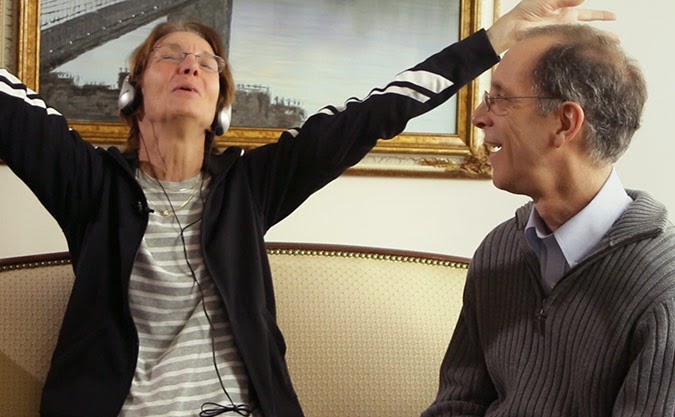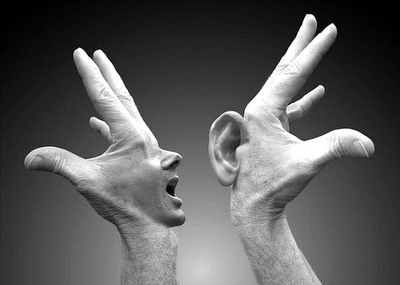Announcing 2015 Capita Foundation Auditory Research (CFAR) grant award recipients
Amanda Lauer, Ph.D.
Johns Hopkins University, Dept. of Otolaryngology

Project Title: “Optimizing hearing with top-down brain control of the ear.”
Project Description
The
overall goal of my research is to understand how auditory input from the ear
affects the brain, and how the brain in turn affects the ear through efferent
feedback loops. I am particularly interested in understanding the hearing disorders
that develop when input to and from the brain is altered. We propose to study
top-down efferent effects on hearing to understand how the brain controls the
ear using optogenetic, behavioral, and immunohistochemical techniques in rodent
models. Understanding how
these pathways work may open up new treatment avenues for hearing disorders and
will help us understand how hearing is optimized by top-down brain control of
cochlear activity.























